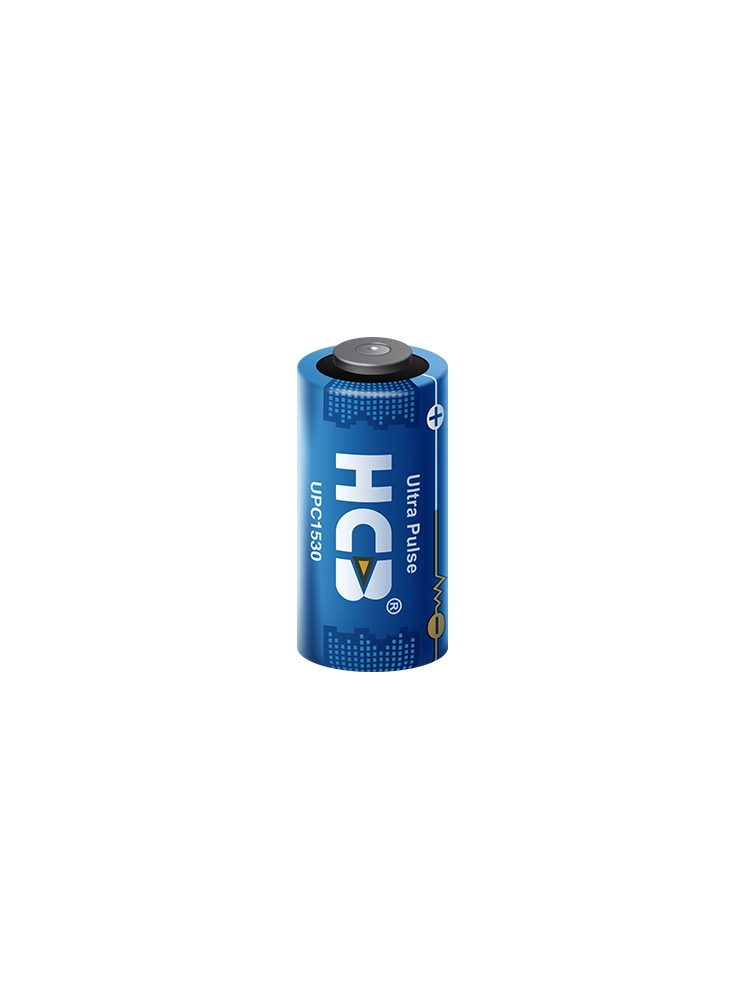Firstly, we need to distinguish between two types of batteries. Lithium primary battery refers to a battery that can generate electricity when made, but cannot be reused. Secondary lithium batteries need to be charged before use, and can be charged and discharged multiple times.
Secondary lithium batteries are mainly divided into four types according to the positive and negative electrode materials used in the battery core: lead-acid batteries, nickel-cadmium batteries, nickel-metal hydride batteries and lithium-ion batteries.
1. Structurally, during the discharge of secondary lithium batteries, the reversible changes occur between the electrode volume and structure, while the internal structure of lithium primary batteries is much simpler as it does not require the regulation of these reversible changes.
2. The mass-specific capacity and volumetric-specific capacity of lithium primary batteries are greater than that of ordinary rechargeable batteries, but the internal resistance is much higher than that of secondary lithium batteries, so the load capacity is lower.
3. The self-discharge of lithium primary batteries is much less than that of secondary lithium batteries. Lithium primary batteries can only be discharged once, such as alkaline and carbon batteries. Secondary lithium batteries can be used repeatedly.
4. Secondary lithium batteries are relatively more environmentally friendly than lithium primary batteries. Lithium primary batteries must be discarded after use, while rechargeable batteries can be used repeatedly. Secondary-generation rechargeable batteries that meet national standards can usually be used more than 1,000 times, which means that the waste generated by rechargeable batteries is less than one thousandth of that of lithium primary batteries. From the perspective of reducing waste, resource utilization, and economy, the advantages of secondary lithium batteries are very significant.
5. Lithium primary batteries have much higher internal resistance than secondary lithium batteries, and their high current discharge performance is also lower than that of secondary lithium batteries.
6. Under the condition of small current and intermittent discharge, the mass-specific capacity of lithium primary batteries is greater than that of ordinary secondary lithium batteries. However, when the discharge current is greater than 800mAh, the capacity advantage of lithium primary batteries will be significantly reduced.
Disposable lithium batteries, also known as primary lithium batteries, include lithium sub-batteries, lithium manganese batteries, lithium sulfur batteries, lithium iron batteries, etc., all of which are primary batteries and cannot be recharged.



